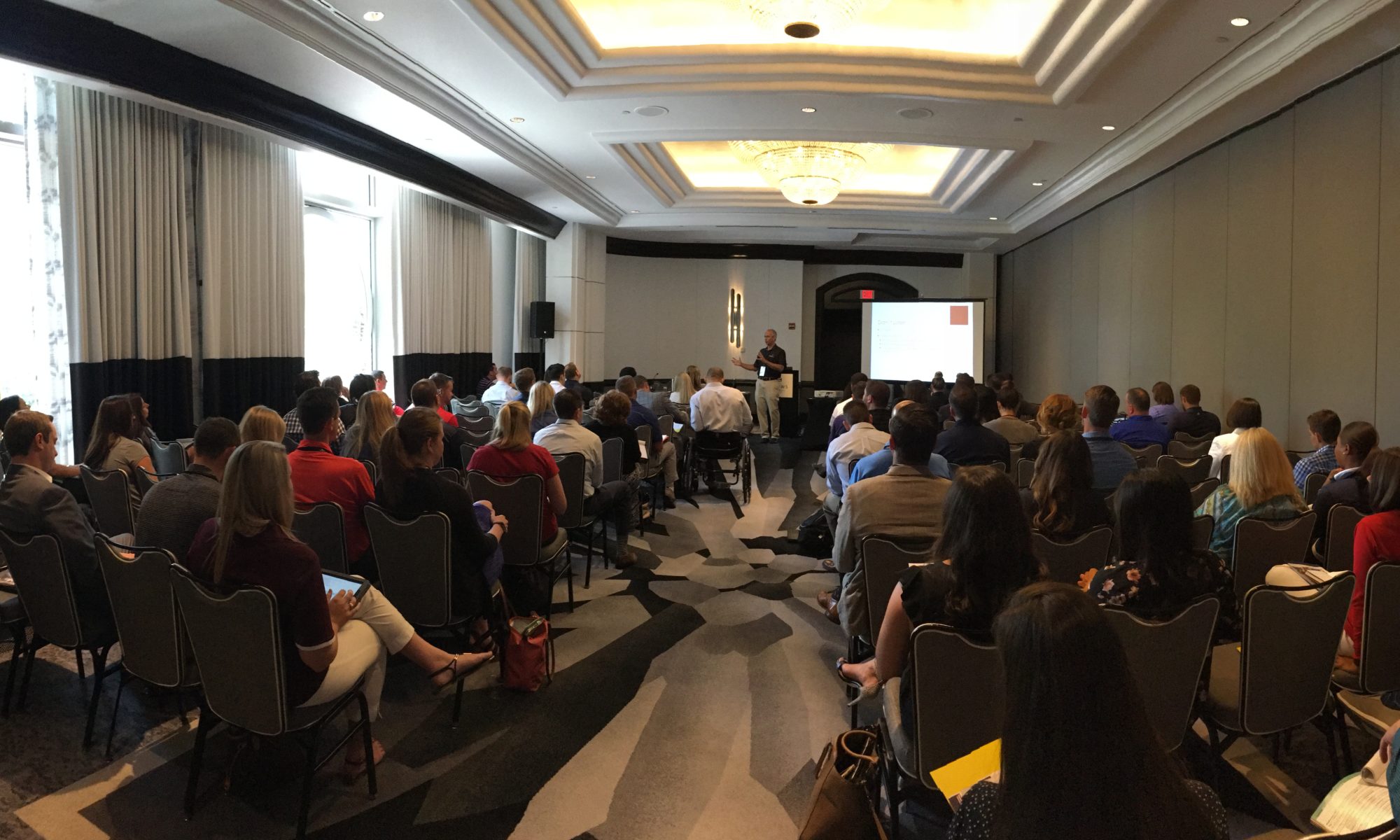When something isn’t going well, when someone isn’t fulfilling their job to what is needed by the team, a supervisor often will inspect work more closely, observe more diligently at meetings, and critique comments more intensely. These actions will most likely be interpreted as “lack of trust.” The employee will withdrawal and the supervisor will most likely interpret that as proof of poor performance. All of this may easily lead to a lack of confidence, leading to a true poor performance scenario. It’s a vicious cycle.
The solution begins with a mirror and it continues with asking the right questions.
First the mirror. Realize that you may be at fault. Start there. “How am I contributing to this problem?”
The first step on the path to superior supervision is relationship. Do you have a positive relationship with this person? Do you know this person? Do you know their passions in life? What about friends and family? What are their hobbies? Spending the time to develop a healthy, positive relationship is the foundation of successful supervision.
Consider the image of a bus. You, as the leader, are driving the bus (at least you should be). Is everyone on the bus? Do they know which direction the bus is going? Are they in agreement? Do they know how to get on the bus?
If you make decisions too slowly, for instance, there may be people who are walking ahead of the bus, unwilling to wait.
If you make decisions too quickly, not communicating clearly in the process, there may be people who are running to catch up to the bus.
Either way, they are most certainly NOT on the bus.
How are you at fault in a difficult supervisory role?What is it that you could do differently? This is the first question.
Next Leadership Tipis about the questions for supervision.
